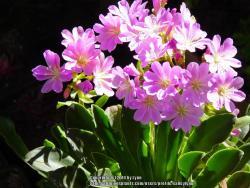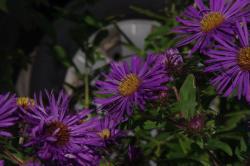valleylynn said:
It seems that I had much better luck with the little Sony than I do with my Nikon D40.
If this reply gets a little wooooo-spooky-outthere-esoteric, forgive me...
And...this is probably not the right place to start this discussion...but...maybe I or someone can make a thread on the subject.
Preambles out of the way, a note on cameras (and even lenses) is in order: In my experience every camera brand and every camera has its own personality. Although each camera is doing more or less the same thing (exposing a photo-sensitive medium to light), the way that medium (and even the medium itself) varies from camera model to camera model.
Maybe it would help to think of it this way. Imagine that you had a pile of napkins and you asked 100 people to each fold a napkin for you. You'd end up with 100 folded napkins, but how the napkins were folded and how neatly they were folded would vary by napkin folder. With cameras, it's similar. If you had 100 digital cameras, set all to "automatic", and shot the same subject from the same distance -- I contend that you'd end up with 100 different photographs. Some radically different.
The reason for this, of course, is twofold. First, the cameras themselves are different physically. They have different optics (glass), different photo sensors, and different physics, generally. Second, digital cameras are really computers, so the firmware (think software or program) varies from brand to brand and camera to camera - and necessarily approaches the same problem somewhat differently from its peers -- which obviously will yield different results.
But I would contend that if you took the time and fiddled with some of the settings (and necessarily the more obscure ones), you could probably approximate the same photograph with all 100 cameras.
That said, I think that your D40 is superior to the Cybershot in almost every way. I *think* the trouble that you're running into when comparing the two is that the Cybershot is making better guesses about how to fold that napkin (take a shot) to your liking than is the Nikon. So that means that you need to figure out how to tell the Nikon to fold that napkin to your specs.
Practically, I think a couple of things are going on (here I'm mostly guessing about what you like about that shot and how you hope to make your Nikon behave): 1): Your Sony thought/thinks about light in a little bit different way from how your Nikon does (either inherently - which is probably true to a degree) or with certain, default settings (generally), and 2) that photo that you posted was lit from the back/side in a way that the background wasn't. That is to say that part of the reason that you took the photograph in the first place (I'd guess) is because its lighting/composition/effect asked you to - that there was something inherently interesting about how that bunch of flower was lit (or, if you're like me, maybe you just blind-pigged it and found an acorn in that shot ;).
But the real deal here, it seems to me, is that your Nikon is frustrating you a little - and I'd assert that's a function of the settings rather than the camera itself. So...this is what I suggest:
Shoot - I just read the manual and a bunch of stuff about the camera - seems that the light metering on it is a little wonky and it could get a
little bit complicated to sort out...so... I think the best play would be to post and describe a couple of photographs that didn't come out the way that you imagined them - and maybe I can make a couple of suggestions
vis a vis the camera-specific settings.
In the mean time, please have a look at Dave's thread on metering, mine on light, and the stuff about depth of field in this thread. Having an overview on the ideas that are discussed in those threads is gonna be key to making your Nikon obey your will - or at least fold your napkins more like you want them folded.
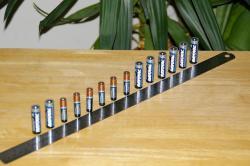
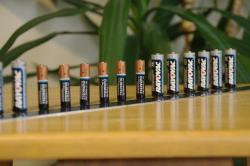 f/5.6; 1/15sec; ISO-800
f/5.6; 1/15sec; ISO-800  f/10; 1/5sec; ISO-800
f/10; 1/5sec; ISO-800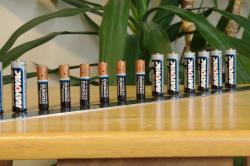 f/20; 0.8sec; ISO-800
f/20; 0.8sec; ISO-800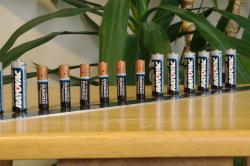 f/29; 1.6sec; ISO-800
f/29; 1.6sec; ISO-800 f/40; 3sec; ISO-800
f/40; 3sec; ISO-800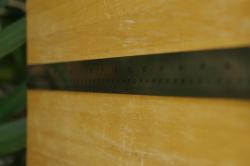
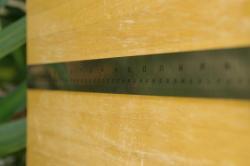


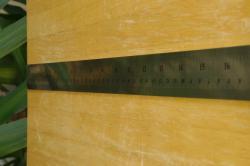

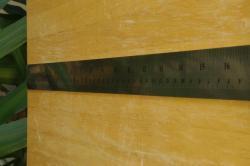
 f/13; 1/400sec; ISO-200
f/13; 1/400sec; ISO-200